Birds and Garden Berries Study
The Birds and Garden Berries Study helped us understand how birds use garden berries during winter. The results have increased the depth and breadth of our understanding, and enabled us to further improve the efficacy of the wildlife gardening advice we publish about providing berries for birds.
About the study
The Birds and Garden Berries study ran from September 2012 to March 2013. It had three key components which investigated how birds use berry plants throughout the autumn and winter months:
Our main focus was the use of berries by wintering thrushes: Blackbird, Song Thrush, Mistle Thrush, Redwing and Fieldfare.
However, participants could also record other birds feeding on berries, like Waxwing, Starling, Blackcap and Woodpigeon.
Berry availability survey
This component investigated which which berries are available and when, and which thrushes feed on them.
We wanted to know which plants produce berries at different times throughout the winter and for how long berries remain available.
Participants kept a simple weekly record of which plants in their gardens had unripe and ripe berries, and which winter thrushes they saw feeding on the berries.
Birds feeding on berries
This component investigated which birds feed on which berries and how efficient they are at handling the different types of berry.
David and Barbara Snow famously studied how birds fed on different berry-producing plants in the countryside around the Vale of Aylesbury. We wanted to expand on their work, both geographically and in terms of which plants are favoured by particular bird species.
Participants selected one of the shrubs in their garden to watch. When a bird arrived to feed, participants recorded:
- The time;
- A tally of the number of berries that the bird attempted to take;
- The number of berries the bird actually ate;
- Any additional behaviours, like interactions with other birds.
Berry depletion survey
This component investigated how the availability of berries on different plants changed over the course of the winter.
Participants kept a regular count of the number of unripe, ripe or damaged berries on plants throughout the winter to find out how quickly they disappear. They recorded berries on different plants separately.
Because berry depletion rates might vary between parts of the same plant e.g. berries on the top of a shrub may be taken preferentially by birds, participants could also record berries on different branches on the same plant.
Get involved
Even though the Birds and Garden Berries survey has now closed, there are still plenty of opportunities for you to contribute to our important scientific research about garden birds.
Join our community of Garden BirdWatchers:
- Become more connected to nature;
- Learn about your garden wildlife;
- Record what you can, when you can – volunteers with all levels of survey experience, including complete beginners, are welcome.


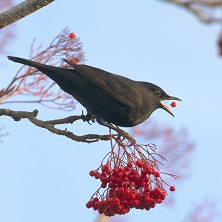
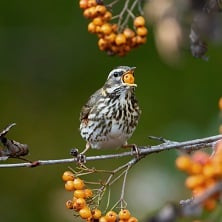
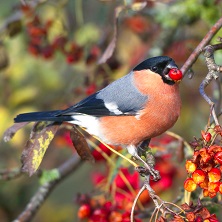
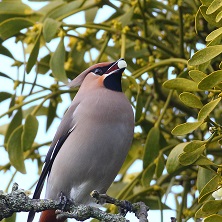
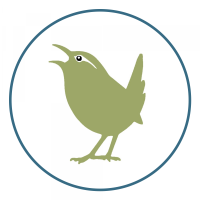




Share this page